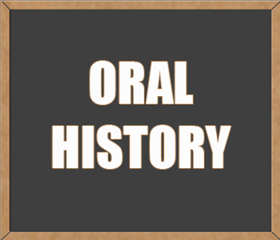
- Verbatim transcription is advisable to clearly convey ideas transparent. The oral history shows the perspective of the speaker and so paraphrasing should be avoided. A word-for-word description of the matter would certainly meet the objectives when transcribing an oral history project.
- A lot of fillers and clipped sentences could be expected when an oral history is narrated. So intelligent editing is often necessary to make the matter clearer to the end user. Professional transcriptionists usually ask their clients’ permission to edit the oral history.
- When transcribing oral history, research is important to ensure that misspellings do occur not occur in the names of places, people, personalities and other things which the speaker mentions. Thorough research helps deliver error-free documents.
- Another good idea is to include time codes in the transcripts, at least once in a few minutes of the recorded content. The researcher would sometimes want to know the mindset or the actual thought process of the speaker on a certain part of the document by listening to the audio. So putting a time code would help locate the specific part in the recording.
- The oral history may not be always a one-to-one person interview; it could be a group discussion with more than one speaker. So the transcriptionist should find out the names of the speakers and clearly identify them to avoid confusion.
The documentation of oral history projects is best done by a professional. This will ensure a thorough revision of the document based on narrator changes as well as assistance for digital archiving of the interview transcripts.



